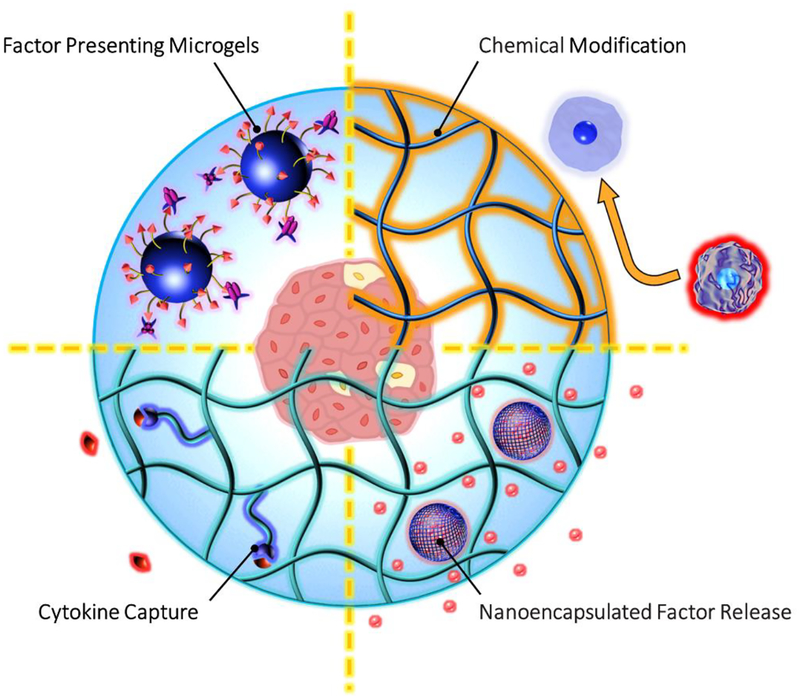Fig. 1: Nanomaterial strategies to mitigate the immune response.
Chemical modification of host-interfacing polymers and encapsulants can provide specific functions including (starting top right, proceeding clockwise): tuning macrophage polarization by presentation of chemical structures including zwitterions, hydrophilic polymers, and polymer brushes; controlling factor (e.g. dexamethasone, curcumin, cyclosporine-A) release from nanoparticles; providing cytokine or factor (red) capture by peptide-recognition in functionalized hydrogels; enabling co-delivery of immunomodulatory molecules (e.g. biotin-streptavidin-FasL), not always requiring the use of an encapsulating hydrogel.

